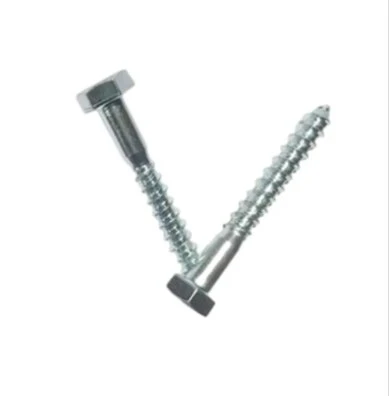des. . 01, 2024 17:21 Back to list
wedge anchor length
Understanding Wedge Anchor Length A Comprehensive Guide
When it comes to anchoring systems in construction and engineering, wedge anchors play a pivotal role. These fasteners are widely used for securing objects to concrete, providing robust hold and resistance to pull-out forces. One of the critical aspects of selecting a wedge anchor is determining the appropriate length. The correct anchor length ensures that the fastener performs effectively without compromising structural integrity. This article delves into various factors influencing wedge anchor length and how to select the right size for your projects.
What is a Wedge Anchor?
Wedge anchors are heavy-duty fasteners designed for use in solid concrete. They consist of a threaded rod with a conical end and a wedge-shaped component. When inserted into a pre-drilled hole in concrete, the sleeve expands as the nut is tightened, creating a strong bond with the surrounding material. This design allows wedge anchors to withstand significant tensile and shear loads, making them suitable for both indoor and outdoor applications.
Factors Influencing Wedge Anchor Length
1. Concrete Thickness The most significant factor in determining the length of a wedge anchor is the thickness of the concrete slab. A general rule of thumb is that the anchor should be embedded at least 1.5 times its diameter into the concrete. For instance, if your anchor has a diameter of 0.5 inches, it should be embedded at least 0.75 inches into the concrete for optimal performance.
2. Load Requirements The anticipated load on the anchor is crucial in determining its length. Heavier loads require deeper embedment to ensure stability and prevent pull-out failure. Engineers often consult load capacity charts provided by manufacturers to find the right anchor length suited for specific applications.
3. Base Material While wedge anchors are primarily used in concrete, different concrete strengths (e.g., normal vs. high-strength concrete) influence the anchor length required. High-strength concrete allows for shorter anchors because it provides more hold strength compared to standard concrete.
wedge anchor length

4. Environmental Conditions Factors such as exposure to moisture, temperature variations, and chemical elements necessitate consideration. In corrosive environments, longer anchors may be required to use a protective coating or material that resists degradation.
5. Anchor Type and Size Different wedge anchors come in various types and sizes, which affects how long the anchor needs to be. Standard sizes range from ¼ inch to 1 inch in diameter, and length options vary accordingly. It's important to check manufacturer specifications to ensure compliance with installation requirements.
Calculating the Right Wedge Anchor Length
To select the appropriate wedge anchor length, follow these steps
- Measure the Concrete Thickness Use a caliper or a measuring tape to accurately gauge the thickness of the concrete slab. - Determine Load Requirements Assess the weight that the anchor will support, considering both static and dynamic loads. - Consult Manufacturer Guidelines Refer to the specifications chart from the anchor manufacturer to identify the recommended embedment depth based on concrete type and load capacity.
- Add Margin for Error It’s wise to add a safety margin to your calculations. This usually translates to choosing an anchor length that exceeds the minimum requirement by at least a quarter of an inch.
Conclusion
Choosing the right length for wedge anchors is essential to ensure structural reliability and safety in construction projects. By taking into account the factors outlined above—concrete thickness, load requirements, base material, environmental conditions, and anchor specifications—engineers and builders can determine the optimal anchor length required for their specific applications. Proper attention to these details not only enhances the performance of the anchoring system but also prolongs the lifespan of the constructions they support. Remember, when in doubt, always consult with professionals or the manufacturer for guidance tailored to your specific situation.


